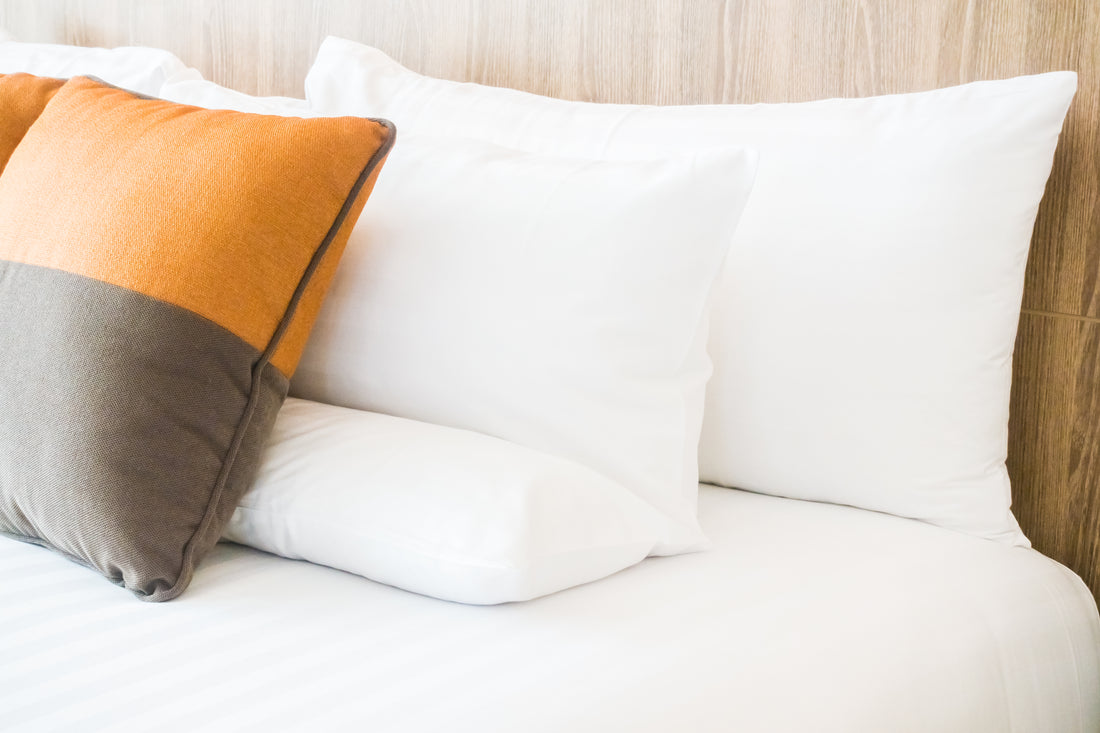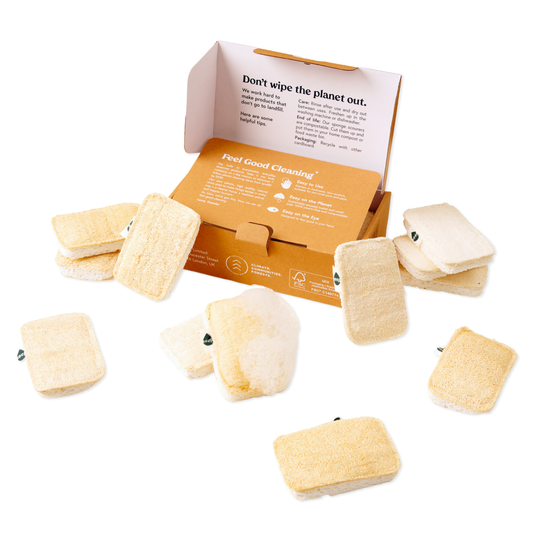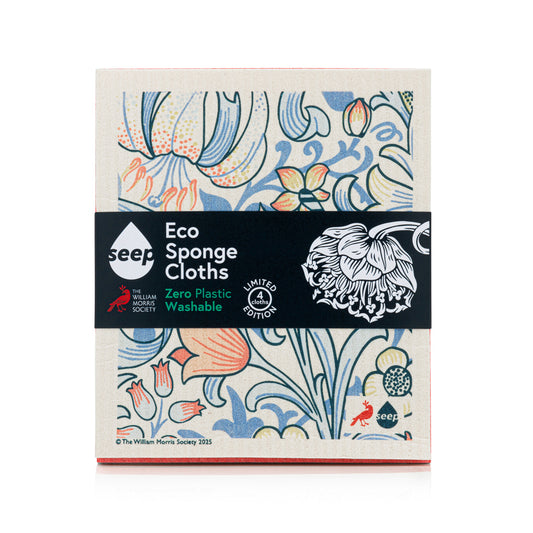
Ever wonder how to wash a pillow? If you’re like most people, you probably don’t think about it often. Yet, pillows accumulate dust, sweat, oils, and even allergens over time.
Whether your pillows are looking flat, smelling funky, or just need a refresh, knowing how to clean them properly can improve your sleep quality.
Why you should wash your pillows regularly
While pillowcases are typically washed every week or two, pillows themselves are often neglected. Dirt and grime build up over time, leading to allergens that can affect your health.
Regular pillow washing can:
- Reduce allergens: Dust mites and allergens can accumulate inside pillows, especially for those with allergies or asthma.
- Eliminate odours: Over time, sweat and natural body oils can make your pillows smell unpleasant.
- Maintain shape and support: Washing can help restore pillows' fluffiness, giving them better shape and support for a good night’s sleep and extending their lifespan.
How to wash a pillow
Before you get started, gather the following supplies:
- Mild detergent (liquid is preferred over powder to avoid residue)
- Warm water
- Dryer balls or clean tennis balls
- Washing machine
Step 1: Check the care label
Before tossing your pillow into the wash, check the care label for specific washing instructions. Some pillows, such as foam or memory foam, may not be machine washable, while synthetic pillows usually are. If the care label allows machine washing, you’re good to go!
Step 2: Load the washing machine
Place two pillows in the washing machine to balance the load. This will ensure an even wash and prevent your pillows from getting misshapen. If you only have one pillow to wash, balance it with towels. Use warm water and a gentle cycle for best results.
Step 3: Add mild detergent
Add a small amount of mild liquid detergent to the machine. Less is more when washing pillows, as using too much detergent can leave residue, making the pillow clumpy.
Step 4: Drying your pillows
After washing, it’s essential to allow your pillows to dry thoroughly to avoid mould and mildew.
- Use low heat: Set your dryer to a low heat or air-dry setting. High heat can damage certain pillow materials.
- Add dryer balls: Toss in a couple of dryer balls or clean tennis balls wrapped in socks. This helps break up any clumps and keeps the pillows fluffy during drying.
Make sure they’re completely dry before using them again, as even a little moisture can lead to mould growth inside the pillow.
How to wash memory foam pillows
Memory foam pillows require a different cleaning approach since they can’t go in the washing machine. Here’s how to clean memory foam pillows:
- Vacuum the pillow: Use a vacuum cleaner with an upholstery attachment to remove dust and debris from the pillow’s surface.
- Spot clean: If there are any stains, mix a mild detergent with water and use a damp cloth to spot clean the affected areas. Be careful not to oversaturate the foam.
- Air-dry: Let your pillow air-dry completely before using it again. Place it in a well-ventilated area or outdoors on a sunny day.
How often should you wash your pillow?
Aim to wash your pillows every 3-6 months. Memory foam pillows can be cleaned less frequently, about once every 6-12 months.
Tips to keep your pillows fresh between washes
- Use pillow protectors: These are a great way to protect your pillows from sweat, oils and dust. Wash the protectors with your sheets regularly.
- Fluff your pillows daily: Fluffing them helps maintain their shape and allows air to circulate, keeping them fresh longer.
- Sun your pillows: Every few months, place your pillows outside in the sunlight. UV rays help kill bacteria and freshen up your pillows naturally.







